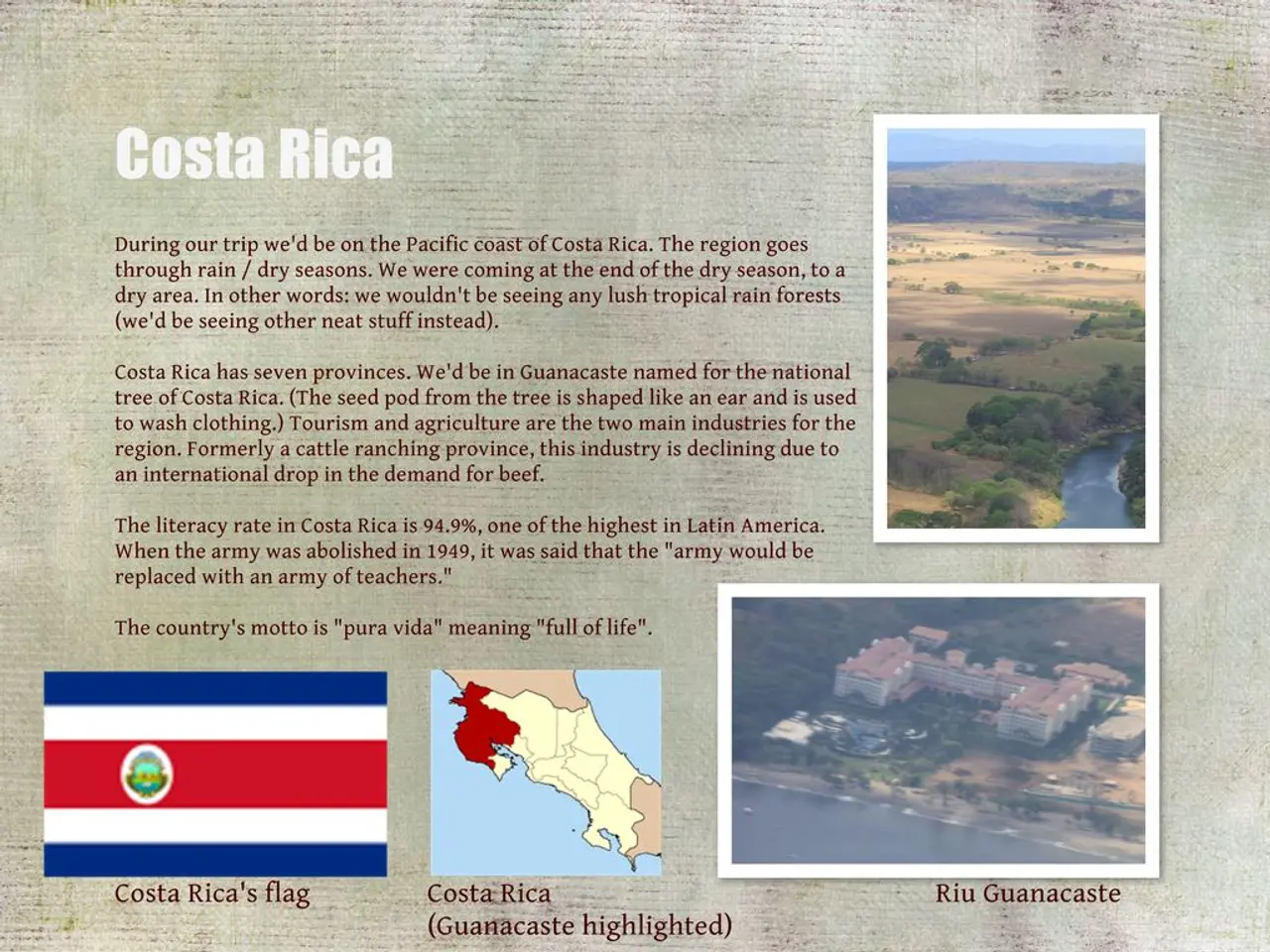Latin American manor, Hacienda Uayalceh, is among multiple Spanish estates along the Camino del Mayab, a pathway originating from Mayan settlements in Mexico's Yucatan Peninsula.
In the heart of Mexico's Yucatan Peninsula, a trail beckons adventurers seeking a glimpse into the rich history and culture of the Maya people. This is the Camino del Mayab, Mexico's first long-distance hiking trail, located west of Cancun's tourist-filled beaches.
The trail, developed with the help of local Maya communities, aims to lift these communities from a history of colonial exploitation and cultural erosion. Alberto Gabriel Gutierrez Cervera, director of EcoGuerreros, explains that the main goal of Camino del Mayab is to protect the culture, history, and heritage of the Maya communities.
A three-day bike ride or a five-day hike takes visitors into the heart of the Maya world, from Dzoyaxché, where the first Maya cities were carved from forests, to the excavated temples of Mayapán, the endpoint of Camino del Mayab. The Temple of Kukulkan, the centerpiece of Mayapán, offers a lofty vantage point to view the forests of Yucatan and the route cycled.
Along the way, travellers pass through Abalá, a location where traditional Yucatan products are sold to support local families. Jose Pech Remi, a local resident of Abalá, established a foundation that organizes cultural events to create work opportunities and showcase the community's culture.
Hacienda Yaxcopoil, one of the grand houses once occupied by hacendados, has been turned into a museum or boutique accommodation. The Maya language, which came second to Spanish after the Spanish conquest of Yucatan in the 16th century, is still spoken in these communities.
The Maya remain disadvantaged in their homeland today, with many forced to seek construction work in Mérida or hotel jobs in Cancún due to the lack of opportunities in rural areas. Gutierrez Cervera envisions extending Camino del Mayab into a network of trails encircling all of the Yucatan Peninsula to allow more travelers to experience community-based tourism.
The trail offers a challenge, but it offers a glimpse into a part of Mexico that is far removed from the all-inclusive hotel mentality of other destinations. At Restaurante Comunitario, a local restaurant in Mucuyche, run by the women of the community, travellers can sample traditional Maya dishes as an alternative to tourist spots. Elsie Maria Neydi Bacab helps prepare dishes such as papadzules, tamales, and pok chuuc.
However, the development of tourist attractions, such as the cenotes, can be difficult to reconcile with past traditions. The Maya people consider cenotes as sacred, and it can be challenging to balance their preservation with the needs of modern tourism.
Richard Collett, the author of this article, invites you to embark on this journey through time and culture, to experience the resilience and beauty of the Maya people and their homeland.
Read also:
- Peptide YY (PYY): Exploring its Role in Appetite Suppression, Intestinal Health, and Cognitive Links
- Toddler Health: Rotavirus Signs, Origins, and Potential Complications
- Digestive issues and heart discomfort: Root causes and associated health conditions
- House Infernos: Deadly Hazards Surpassing the Flames








